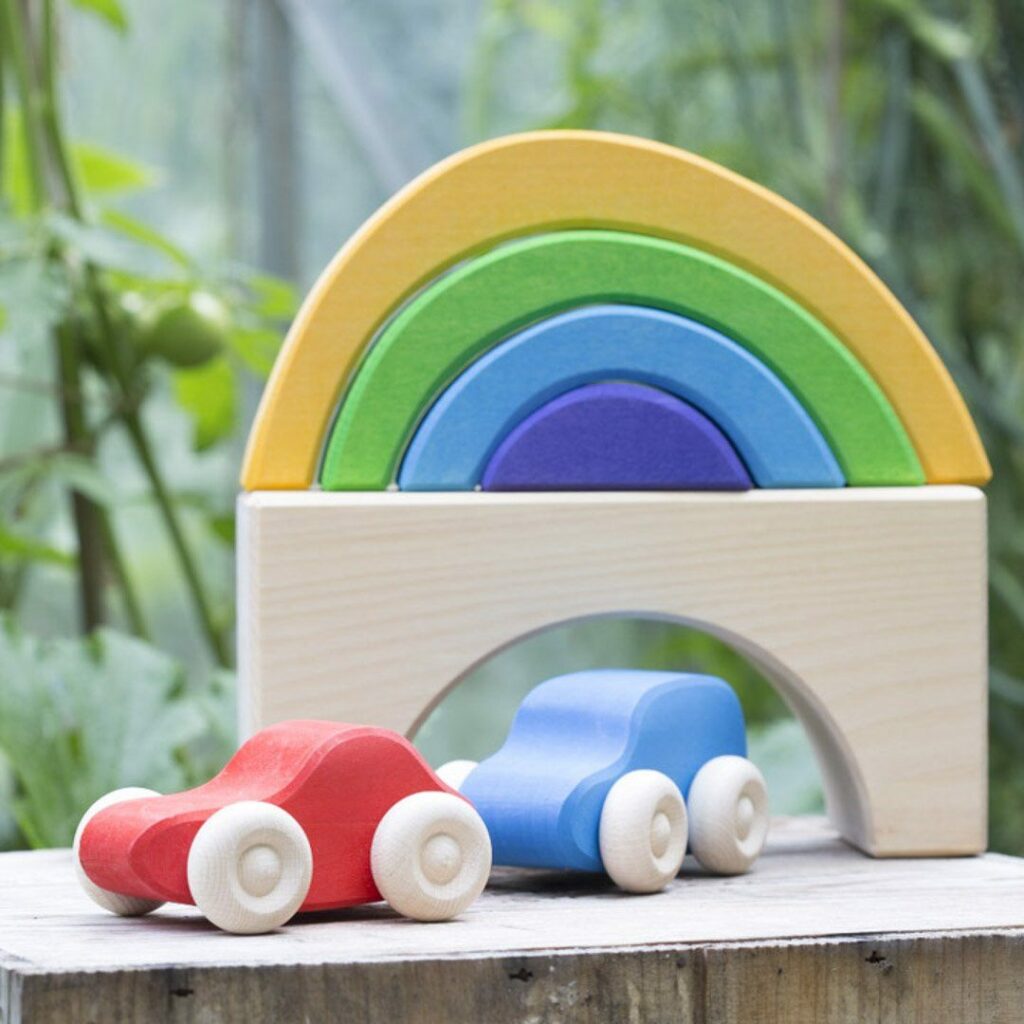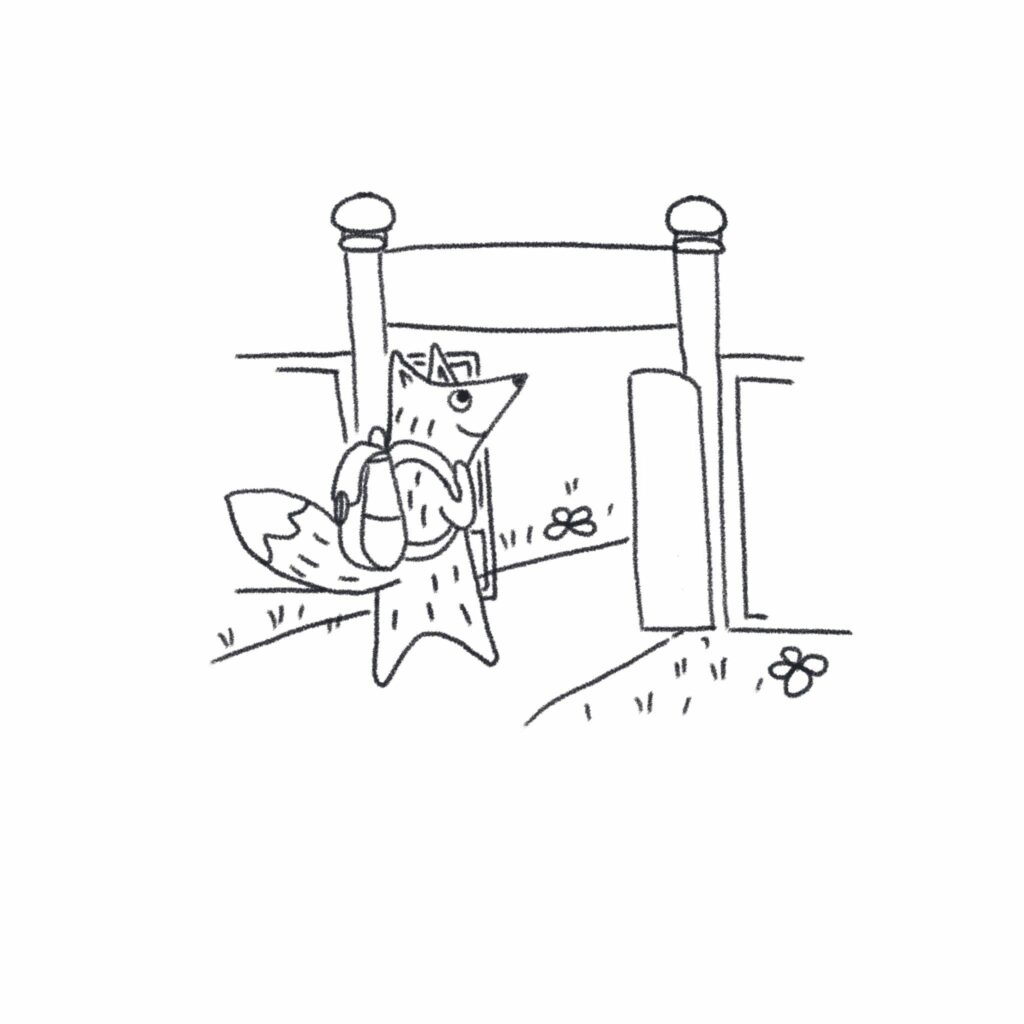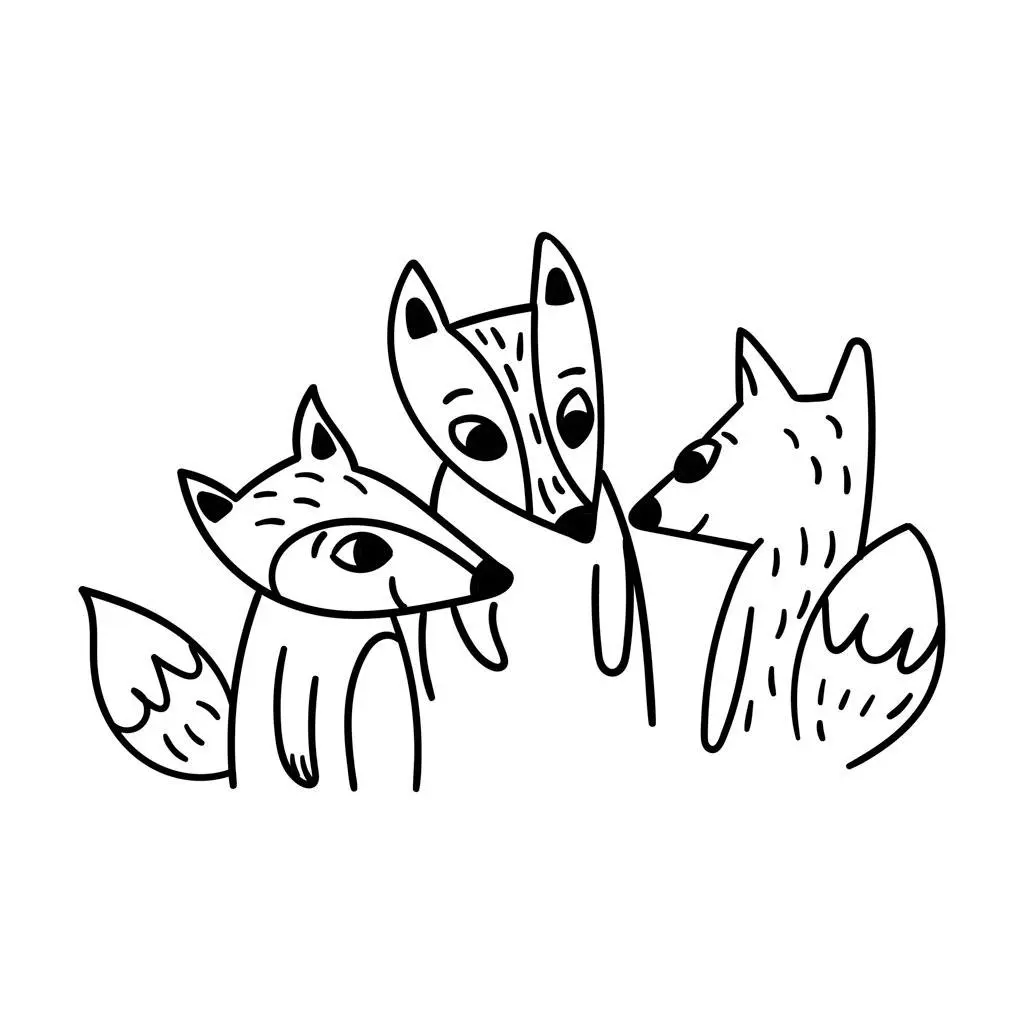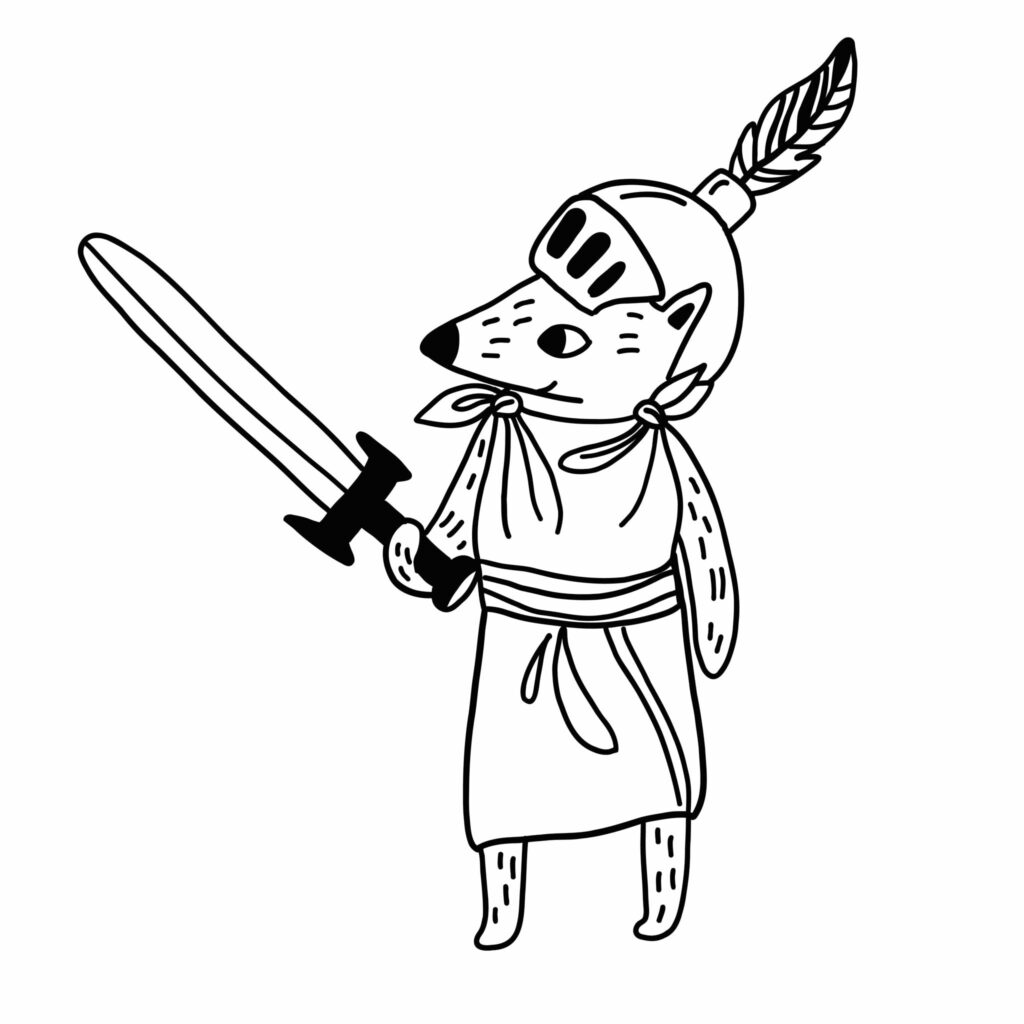How many toys does your child actually need?
If you’ve read our toy guides for babies, toddlers and preschoolers, you’ll know that there are a lot to choose from. But how many are really necessary?
After all, how many toys did Socrates have? Or our palaeolithic ancestors?
Toys help to break down complicated concepts into manageable chunks and they allow us to imagine dangerous situations without having to experience them first hand. But you don’t need that many.
A thought experiment I often return to is to wonder whether it’s possible to devise a toy box that will see a child through from birth to five that is rich in experiences yet costs less than £100. Sometimes I even wonder what the £0 toy box would look like. This post on toy box essentials is a first attempt at tackling these questions.
What toys to include?
Like starting any new job, parenthood is easier if you have the right kit. At One Hundred Toys we believe good toys can not only help children develop important skills, but also give worn-out parents a helping hand, by encouraging independence and self-directed play.
But how do you know which toys to give them and when? Why do they ignore things one week and won’t put them down the next? Which toys help develop which skills? What materials are best and safest? And how do you do it on a budget?
- Blocks
- Figures
- Fabric
- Balls
- Beads and threading
- Play dough
- Mark-making materials
- Baskets and trolleys
- Bucket and spade
- Jugs and beakers
- Scissors and glue
- Vehicles
- Soft toys
- Loose parts
- Natural materials
- Extras
- If you only buy two things…
A toy guide for the under 5s
We’ve put together this list of toy box essentials to help. Like a capsule wardrobe or a first aid kit, you’ll find everything you need in here for five years of successful play. We’ve ensured they provide a rich variety of experiences and help to develop important skills such as how to hold a pencil, gross-motor development, creativity, focus and perseverance – skills they’ll need when they start school. You’ll also find they’re all open-ended, meaning they can be used in any number of ways and adapt with a child’s physical and imaginative growth, over a long period of time. And best of all, lots of them are free! And the ones that aren’t will last you forever. There are no costly one-hit-wonders here.
Blocks
Our number one essential toy, blocks can be anything and everything. Start early and use them as grasping toys or for stimulating eyesight with bright colours and shapes. Later on children can use blocks for construction and pattern-making, small world play and tessellation. They’re also great to transport in in baskets or strollers. As imaginative play develops, blocks provide useful props, they can be cars one day and asteroids the next, and combined with fabric or junk modelling they’re a useful addition to small world play.

The simplicity of Grimm’s natural blocks offers the perfect backdrop for small world play.

Used creatively, a single stacking toy offers many possibilities.

Grimm’s giant building blocks are great for bold structures and rapid construction.
For more information, see our guide on how to choose the right set of blocks.
Figures
Children recognise themselves and their families, friends and pets in play figures. Playing with them helps them compound their understanding of the world, from driving a car to cooking in the kitchen. Pre-schoolers are often particularly interested in exploring the boundary between good and evil, which is why ‘superhero‘ play is so popular at this age. If you have boys and are concerned that they play exclusively with trains or dinosaurs and spend their days choo-chooing or roaring, try adding a few figures to their play. A train driver or passengers in a train set encourages dialogue between characters and makes children more likely to narrate the action, both fantastic ways to promote language development.

Ostheimer lioness and zebra. The secret to assembling a box of essentials is to have a purpose when choosing toys. How will they fit together? Which combination of toys will maximise the play possibilities? To read more about this subject, take a look at our post on small world play with just a handful of figures: Three goodies and a baddie: tell almost any story with just a handful of figures.

Feel the tension as the unguarded sheep cower from the wolf.

Our hero arrives just in time.
Of course, figures don’t have to be wooden. These mice are brilliant for story-telling and small world play. They can be paired with Maileg’s doll’s houses, ballet schools or circuses – or you can create a setting that’s uniquely yours.


Fabric
Have some generous pieces of fabric tucked away in your toy box and you’ll be surprised by how often they come out to play. Fabric is so versatile. It can make a river or a desert in imaginative play, it can make a den over a table or washing line, and wrapped around a middle it can become a bridal gown or a wizard’s cloak. Tie a piece to the end of a stick and you have a streamer – zooming ribbons through the air is an early form of writing.

Brilliant for dressing up with, play silks also have many creative uses in small world play.
Balls
Balls are endlessly fascinating to young children. Babies like soft ones they can grasp, or ones with bells inside they can push and track the sound of. Toddlers develop hand-eye co-ordination and grip strength throwing and catching, rolling and kicking. Roll them down slopes and see which ones go fastest, pretend they are peas on a giant’s dinner plate, or make a collection of different sizes and bounciness. Even young children can play catch or a kind of hockey if you swish the ball across the floor, so they’re great for playing with friends, too. They are just endless fun.

Grimm’s wooden balls
Beads and threading
A bowl of colourful beads is a wonderful thing to keep on the kitchen table, ready for those times when busy hands need occupying. Stringing beads (or for a free version try pasta shapes, bottle tops, conkers – you get the picture) together is absorbing and requires great focus. Colourful beads are also a fun way to learn colours, start to count and to make patterns. Read more about threading activities.

These beads have many facets, making them easy for small hands to hold steady whilst threading.
Play dough
Playing with dough is a fun sensory activity most children enjoy. Moving and moulding the soft putty in their hands works on their fine-motor development, strengthening their fingers – important for holding a pencil later on at school. Being creative with the dough, rolling it into shapes, pinching and squeezing it, stabbing it and slicing it, also develops hand-eye co-ordination and precision, as well as focus. You can have as much fun making dough as playing with it. By making your own (follow our simple recipe here) children learn to follow instructions and gain a sense of achievement. Try including different colourings and aromas, and textures like rice, sand or oil.
Mark-making materials (pencils, paints, chalk)
Babies don’t really need mark making toys as they can simply run their fingers through sand or make a ripple in the water. Later on, try chunky chalks on the patio, or paint an internal door with blackboard paint. As grip strength grows and children learn they can communicate feelings and thoughts with lines and pictures, crayons, charcoal, paints, pens and pencils will all be welcome diversions. Mark-making of any kind is a powerful tool for thinking, reasoning and problem solving.

Baskets and trolleys

A basket full of things is a box of treasure to a child. One with a handle is even more exciting. It doesn’t have to be fancy or look like a supermarket basket – although these are always fun. It just needs to be able to hold very important toys and be light enough that they can carry things from A to B, especially when they are playing at being a postman or doing the shopping with you. For small babies who are interested in textures and sounds, fill the basket with interesting items like pine cones and fabrics and let them discover what’s inside.
Bucket and spade
Much like a basket a bucket is great for transporting important finds but has the added bonus of being waterproof and capable of making sandcastles. Throw in a spade and you have hours of absorbing fun digging and scooping, patting and burying. If the beach isn’t close by, the garden will do.

Jugs and beakers
A set of solid jugs and plastic beakers will provide hours of scientific experiments and discovery. Even very young children love to see what happens when you pour liquids, or sand or beads, from one jug into another. How quickly does it fall? How much does it splash? As they get older they begin to explore capacity and understand the properties of different liquids. Food colouring, sequins, old shampoos and anything else you can think of can bring fresh angles to their experiments. In the bath, jugs and beakers are all that is needed for hours of soaking and splashing with siblings.
Throw out the bath books
Sharing a book in the bath can be nice. It’s a way to comfort a baby who is afraid of the water. It can help them to relax.
But for older children, being in water is to be surrounded with possibility. So much to learn! Floating, sinking, displacement, pouring, splashing and bubble-making.
You can read a book anytime. A few minutes in the bath before bed offers the chance to do something different.
Why waste the opportunity?
Scissors and glue
No need for convoluted craft sets – a good pair of children’s scissors and some decent glue is really all they need. Using scissors is a pretty sophisticated skill requiring grip strength and precision, so invest a pair that have been designed for small hands and have safe, rounded ends – but make sure they are sharp enough to work. Choose a non-toxic glue that’s strong enough to stick heavier collage pieces down. Glue sticks are an effective, if expensive, option. But it’s hard to beat that old primary school favourite, PVA. Apply it with a brush or spreader for best results. It can even be used to seal collages and pottery, and mixed with paint gives models a lovely sheen. Keep a supply of old magazines, leaves, fabric and tissues paper to hand and your children will be busily creating for hours.
Vehicles

Such a simple toy yet the play possibilities are almost limitless. Toddlers love to grip and roll them, exploring concepts such as position and trajectory. Preschoolers include them in small-world play, making cities and race tracks. For added play potential, choose a vehicle with room to carry cargo or passengers.
Soft toys
A soft toy with a friendly smile and soft, tactile texture, is a loyal buddy for your child to rely on and care for. Soft toys provide a reassuring presence in new scenarios and situations, and make excellent guests at tea parties. The less pre-determined their character is (a classic bear or animal is ideal, rather than say a character from a film) the more children can imagine a personality for them.


Not all children warm to soft toys, but for those that do, they can be a source of fun and comfort for many years.
Loose parts
Cotton reels, buttons, bottle tops, Rainbow Friends: whatever you can collect small groups of, qualifies as loose parts. Loose part play is an endless game. Children can stack and count with parts one day, build and construct with them the next. They can use them as props in imaginative play, or as pieces in their small world creations.

Loose parts for sorting

It’s clear that pattern-making is a form of early maths.
Natural materials
Nature provides children with plenty of toys – go on a walk with any pre-schooler and you’ll usually find pockets full of pebbles or stones, acorns and sticks. Embrace this instinct to collect and curate from nature’s toy store and you’ll never be without something they love to get out and examine and covet. Natural materials can be anything from shells and seaweed to rocks and conkers. Clumps of moss make great football pitches for play figures, pine cones are excellent Christmas trees, or stuck to a stick a pop-star’s microphone. Keep rotating and changing the natural materials and you’ll find they never get bored of playing with them.

No prep required here. What a brilliant setting for small world play!


These Ostheimer deer are spending a quiet afternoon amongst seedheads.
Optional extras
Puzzles, board games, card games, tools and trays. These are all good things and add variety and fun to any toy box.

eeBoo puzzle

These child-friendly tools are from HABA, but you can just as easily use those that you find in your own tool box (vetting for safety and under strict supervision, of course).
What’s so good about wooden toys?
We love wooden toys. But there’s nothing magical about them.
They feel wholesome and timeless. And unless they’ve been treated with unpleasant chemicals (rubberwood toys can contain insecticide), they are also overwhelmingly safe.
So what’s the problem?
You can have too much of a good thing.
Once you’ve got one set of wooden blocks, what do you gain if you buy a second? Why not buy something different instead? Wooden figures, wooden balls, wooden stackers. All have an honoured place in the toy box.
But after that? Children learn from new experiences. There’s only so much you can learn if you only ever play with wood.
You have to offer a variety of materials.
We may frown upon plastic now, but it has unique properties that make it ideal for certain kinds of play. Think Lego or bath toys.
Each material poses its own set of challenges. And overcoming these fosters creativity and encourages problem-solving.
Stone, metal, fabric; water, sand, or acorns.
What new experience could you offer today?
If you only buy two things:
Invest in a set of good quality wooden blocks and a number of solid generic play figures (people and animals if possible) and you have the basics of all play. The rest you can beg, borrow and steal (from nature).
A toy box should be a simple thing, a resource rather than a source of entertainment. The more you fill it, the less room there is for imagination.





